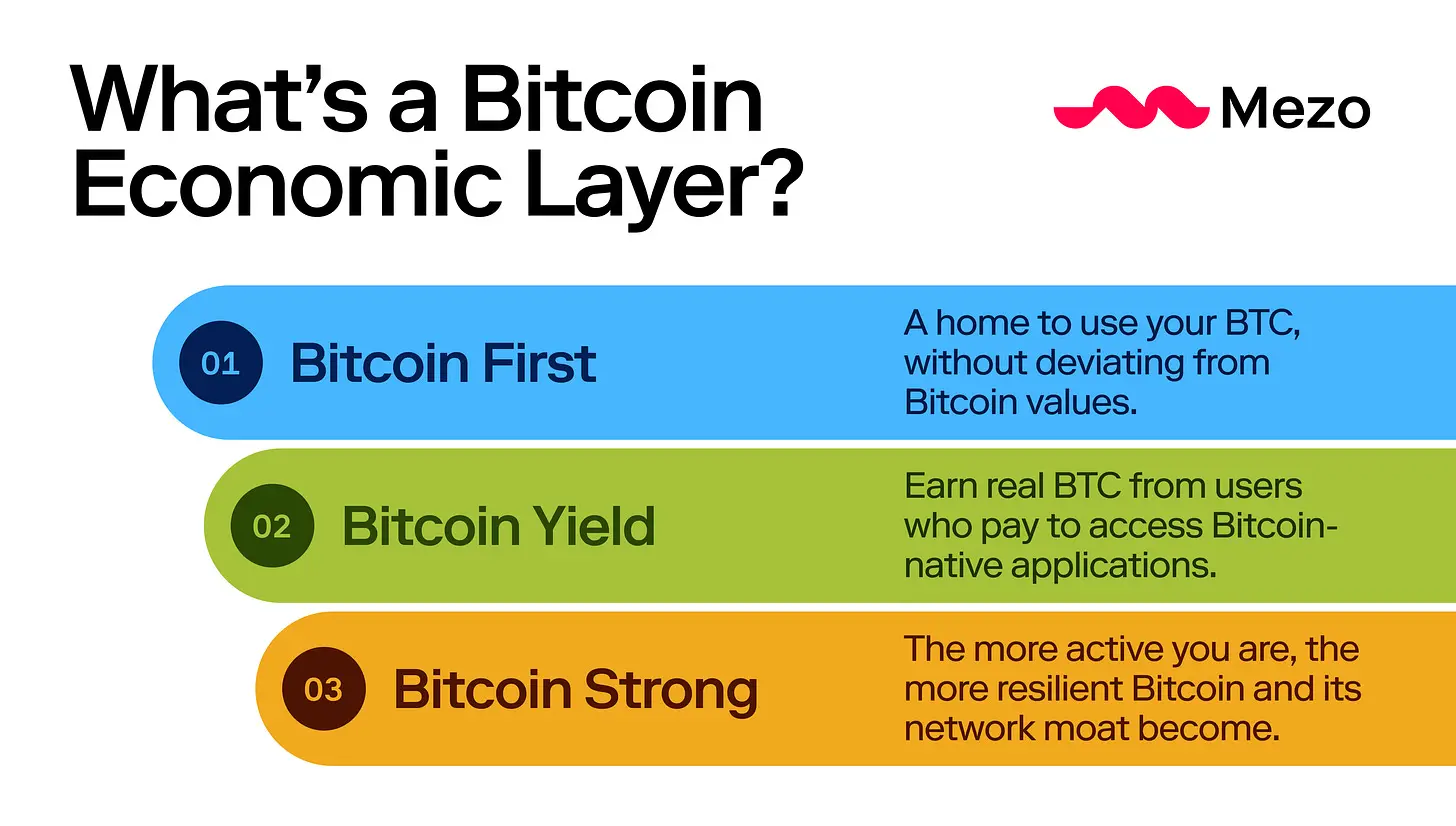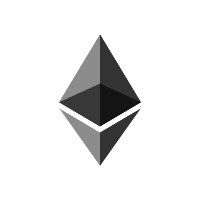Is there still a chance for BTC L2 with a Western background? A review of Mezo, BOB, and Spiderchain
Author: HAMSTER
In the previous article on BTC L2, we reviewed four solutions: BEVM, Merlin, B² Network, and BounceBit. With the Bitcoin halving event, the landscape of BTC L2 has also undergone new changes, with the launch of the Merlin token and the initiation of staking unlock, as well as BounceBit's launch of the Binance Megadrop. However, contrary to expectations, the performance of MERL has been disappointing, leading to market debates about the necessity of the BTC L2 track.
This article focuses on three L2 projects with a more Western background: Mezo, BOB (Build on Bitcoin), and Spiderchain (Botanix), further exploring the advantages and disadvantages of layer two solutions and their impact on the BTC ecosystem.
Key Excerpts
Mezo, as a BTC L2 network, greatly expands Bitcoin's infrastructure through its innovative "Bitcoin Economic Layer" concept. This layer enables Bitcoin to be used for a wider range of practical applications by implementing faster and more economical transactions and introducing a neutral smart contract infrastructure, thereby promoting the prosperity of the economic circulation system.
BOB is an innovative hybrid L2 that integrates the features of Bitcoin and Ethereum, aiming to bridge the innovation gap in the Bitcoin ecosystem by combining the strengths of both. By introducing Rollup technology and trustless bridging, BOB enhances transaction processing capacity and scalability while maintaining Bitcoin's security. It supports EVM compatibility, allowing developers to deploy Ethereum dApps on Bitcoin.
Spiderchain is a fully decentralized EVM-equivalent BTC L2 solution that enhances Bitcoin's programmability and scalability through a series of distributed multi-signature wallets. This system supports smart contracts and decentralized applications directly on Bitcoin without altering the core consensus mechanism, leveraging Bitcoin's security while achieving EVM compatibility.
Detailed Introduction
Mezo: The First "Bitcoin Economic Layer"

Mezo is a BTC L2 network built on the trust-minimized Bitcoin cross-chain bridge tBTC. Launched by the studio Thesis behind tBTC, it aims to expand Bitcoin's infrastructure to support faster and more economical transactions while staying true to the core principles of the Bitcoin network. This layer is referred to as the "Bitcoin Economic Layer," allowing users to access various real-world applications using Bitcoin through a neutral smart contract infrastructure, thus promoting a prosperous economic circulation system.
In Mezo, network participants are incentivized through the distribution of Bitcoin rewards, designed to serve a broad user base rather than just miners, thereby stimulating more user participation and activity. All Gas fees in the network are paid in BTC, ensuring that all value in the network is denominated in Bitcoin, thus supporting the network's security. Users can earn actual Bitcoin rewards by staking Bitcoin, aiming to enhance the security and resilience of the Bitcoin network through increased user activity without diluting Bitcoin's value.
Additionally, Mezo employs a "Proof of HODL" consensus mechanism that allows Bitcoin holders to lock BTC and MEZO tokens to secure the network and validate transactions through the CometBFT consensus algorithm. On the Mezo platform, users lock their BTC, and based on the duration, scale, and continuity of their deposits, they will generate HODL points. Furthermore, Mezo also adopts an invitation system, allowing invitees to earn a certain percentage of points from the points earned by their invitees, which will convert into rewards when the Mezo mainnet goes live.
Mezo has completed a $21 million Series A funding round supported by several investors, including Pantera Capital, Multicoin, Hack VC, and Draper Associates. This round of financing follows its $4.1 million seed round and aims to support further development and expansion of Mezo.
Overall, Mezo's design goal is to expand Bitcoin's core functionality by establishing a Bitcoin economic layer, ensuring transaction speed and economy while ensuring that value and fees belong to Bitcoin itself. This design not only enhances the functionality of the Bitcoin network but also increases Bitcoin's scarcity, providing more assurance for future Bitcoin mining and security.
BOB: Combining Bitcoin and Ethereum to Provide Innovative Solutions for Cross-Chain Interaction

BOB (Build on Bitcoin) is an innovative hybrid L2 network that aims to bridge the innovation gap in the Bitcoin ecosystem by combining the functionalities of Bitcoin and Ethereum. BOB utilizes Ethereum's smart contracts and advanced features of EVM, employing a rollup technology framework to enhance transaction processing capacity and scalability while maintaining Bitcoin's robust security features.
The core architecture of BOB includes:
Rollup Solutions: The development of BOB's Rollup technology occurs in three phases. In the initial phase, Optimistic Rollup is used on Ethereum for final settlement of transactions on Ethereum L1. In the mid-phase, it combines Bitcoin's PoW and merged mining technology to reduce reliance on sorters. In the final phase, it integrates Bitcoin's Optimistic Rollup with Ethereum's ZK/Optimistic Rollup, utilizing BitVM technology to handle fraud proofs and settlements on the Bitcoin chain.
Protected by BTC PoW: Since final transaction confirmations occur on the Bitcoin blockchain, it benefits from the same level of security provided by Bitcoin's PoW consensus mechanism.
Trustless Bridging Technology: BOB enables seamless asset transfers and interactions between the Bitcoin and Ethereum blockchains, allowing users to utilize Ethereum dapps, stablecoins, and other DeFi applications within the Bitcoin framework, bringing the rich innovations of the Ethereum ecosystem to Bitcoin users without compromising the security and stability provided by Bitcoin.
EVM Compatibility: This means BOB can support decentralized applications built using the Ethereum programming model, attracting developers and users from both ecosystems. This dual-chain functionality not only expands the range of possible applications on Bitcoin but also enhances user participation by leveraging Ethereum's established user base and developer community.
BOB has completed a $10 million seed funding round, attracting participation from several well-known investors, including Castle Island Ventures and Mechanism Ventures. Additionally, BOB has further strengthened its platform development and expansion through strategic collaboration with Marathon Digital's Anduro.
In summary, BOB represents a significant advancement, combining the security and liquidity of Bitcoin with the innovation and flexibility of Ethereum, providing a powerful platform for future blockchain development and user participation.
Spiderchain: A Fully Decentralized EVM Equivalent BTC L2

Spiderchain is a fully decentralized EVM-equivalent BTC L2 developed by Botanix Labs, which is a bi-directional pegged sidechain solution. It enhances Bitcoin's programmability and scalability through a series of distributed multi-signature wallets. These multi-signature wallets form the core architecture known as the "Spider Chain," where each "spider leg" symbolizes a unique participant (Orchestrators). Each participant not only runs a Bitcoin node but also operates a Spiderchain node, responsible for managing peg-in and peg-out requests on the chain and ensuring the integrity of network transactions.
Uniquely, Spiderchain generates a new block every 12 seconds and anchors each new block to the Bitcoin chain, ensuring transaction finality. This design not only retains Bitcoin's original UTXO model but also supports account-based operation modes, enhancing the system's flexibility and scalability. In this way, Spiderchain aims to combine Bitcoin's security with the flexibility of EVM, providing developers with a platform to run smart contracts and decentralized applications directly on Bitcoin.
Moreover, Spiderchain's multi-signature wallets are sequentially connected and involve a constantly changing combination of participants. This continuously updating mechanism requires consensus among participants, significantly increasing the system's resilience against external attacks. Attackers need to gain sufficient control within the changing participant structure, greatly increasing the difficulty of attacks. At the same time, this design allows for the deployment of EVM-compatible smart contracts without needing to change the core Bitcoin protocol, enabling Spiderchain to greatly expand Bitcoin's application scenarios while ensuring security.
Additionally, Spiderchain's "forward security" design ensures that even if an attacker gains control, they cannot access Bitcoin locked by old multi-signature wallets, significantly enhancing the security of funds.
In the design of Spiderchain, a layer based on PoS is added on top of Bitcoin's existing protocol, allowing developers to directly deploy their dApps into the Bitcoin ecosystem without altering Bitcoin's core consensus mechanism. This design not only improves the network's capital efficiency but also strengthens the network's security and decentralization features by optimizing the size and coordination mechanism of multi-signature wallets. Furthermore, this design allows Spiderchain to leverage Bitcoin's security while supporting EVM-compatible smart contracts and decentralized applications, greatly expanding Bitcoin's functionality.
The company behind Spiderchain, Botanix Labs, has raised $2.95 million to date. Investors include Curiosity Cap, Metamatic Group, Primitive Ventures, Syndicate One, and Web3.com Ventures.
Overall, Spiderchain provides a new layer two solution for Bitcoin through innovative technical architecture and high-security design, supporting complex smart contracts and decentralized applications while maintaining the decentralization and security of Bitcoin itself. These features may make Spiderchain an important bridge connecting Bitcoin with a wide range of decentralized financial applications.
Conclusion
The design and implementation of Mezo, BOB, and Spiderchain reflect the ongoing innovation in the Bitcoin ecosystem regarding scalability, security, and interoperability. Mezo enhances the economic activity of the Bitcoin network through trust-minimized bridging and incentive mechanisms; BOB combines Bitcoin and Ethereum to provide innovative solutions for cross-chain interaction; while Spiderchain supports complex smart contracts and decentralized applications through its unique bi-directional pegged sidechain solution, significantly expanding Bitcoin's functionality. These platforms not only showcase technological advancements but also open up new possibilities for the diversification of future blockchain applications.
As for whether the BTC ecosystem truly needs L2, the market demand and technological development will provide the best answers.














